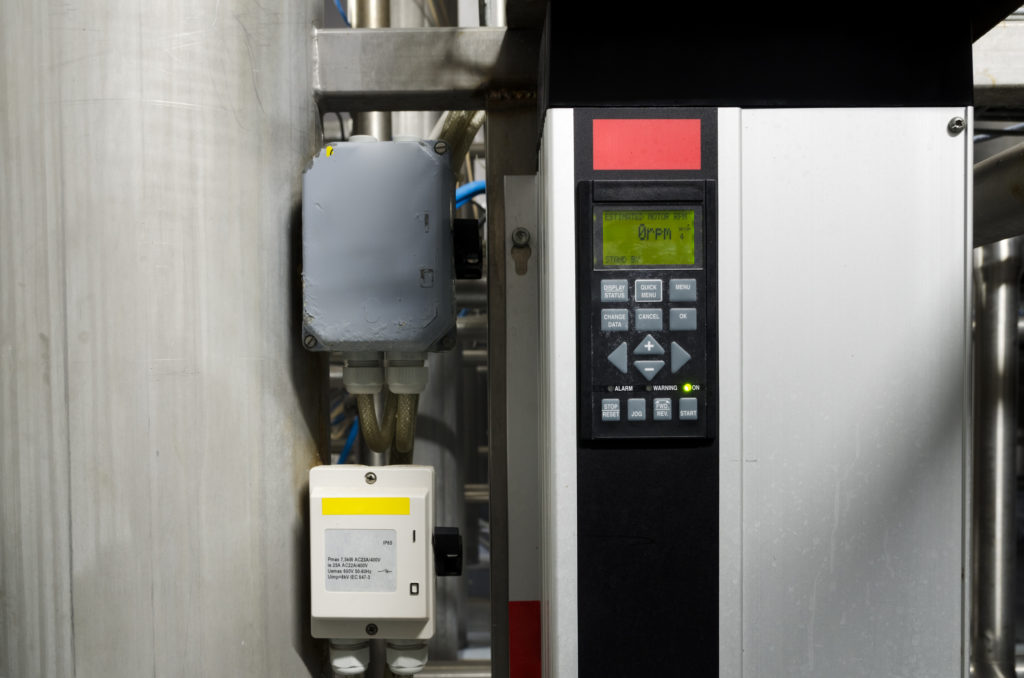In the field of three-phase power and variable frequency drives (VFDs), we witnessed the massive effect that VFDs can have on energy efficiency and cost savings. In the modern world, energy efficiency is more crucial than ever, and VFDs are vital for accomplishing it.
VFDs may dramatically decrease energy consumption, enhance power factor, and reduce maintenance and operating costs by providing three-phase motors with precise control over speed and output power.
The advantages of VFDs in three-phase power systems, the various types of VFDs available, and how to select the best VFD for your particular application are all covered in this article.
Utilizing Variable Frequency Drives: Understanding Three-Phase Power
Before understanding the benefits of VFDs in three-phase power systems, it is essential to understand what three-phase power is and how it works. Unlike single-phase power, which has just one waveform and fluctuates in a predictable pattern, three-phase power uses three separate waveforms 120 degrees out of phase with each other. This creates a smooth, continuous flow of more efficient power and is less prone to fluctuations or power surges.
High-load industrial and commercial applications often use three-phase electricity. For example, it is frequently used for operating large motors and machinery and in everything from air conditioning units to machinery for manufacturing. One may easily calculate the three-phase power by multiplying the voltage by the current by the square root of three. Because of this, it produces more power than a one-phase system, making it ideal for heavy-duty applications.
Introduction to Variable Frequency Drives (VFDs)
An electronic VFD or variable frequency drives regulates a three-phase motor’s power output and speed. A VFD can manage the engine’s speed, allowing it to operate more efficiently and consume less energy. It does this by altering the frequency and voltage of the power supply. VFDs can produce a more stable and dependable power supply by reducing harmonic distortion and increasing the power factor.
There are different kinds of VFDs, including voltage source inverters (VSI), current source inverters (CSI), and drives using pulse width modulation (PWM).
Each type has its unique advantages and disadvantages, and the choice of VFD will depend on the specific application and operating conditions. For example, PWM drives are typically more efficient and less expensive than other VFD types, but they can produce more harmonic distortion and require additional filtering equipment.
Advantages of VFDs in Energy Efficiency
Reducing energy consumption is one of the main benefits of employing VFDs in three-phase power systems. A VFD can lower the power required to drive a motor by adjusting its speed, yielding significant savings in the long run. Studies have found that VFDs can save as much as 50% of energy in some applications.
VFDs can reduce harmonic distortion, improve power factor, and conserve energy. A high power factor denotes a more stable and dependable power source. The power factor assesses a power supply’s efficiency.
On the other hand, the distortion or noise in a power supply that can harm equipment or result in less effective power output is measured as harmonic distortion. VFDs may lessen these problems, leading to a more dependable and efficient energy source.
The improved control and flexibility that VFDs offer are another benefit. VFDs can increase a system’s overall efficiency and provide more operational flexibility by enabling precise control over a motor’s speed and power output.
This can be particularly useful in applications where the load on the motor varies, as a VFD can adjust the engine’s speed to match the demand, reducing energy waste and wear and tear on the equipment.
Finally, gradually, VFDs can offer maintenance and expense savings. VFDs can assist in increasing the life of the engine and other system components by lowering the energy needed to power a motor. They can also lessen the need for routine maintenance and repairs, saving operating expenses and minimizing workflow disruptions.
Choosing the Right VFD
There are several factors to consider while selecting a VFD for your unique application. These include the motor’s power rating, the working environment, and the system’s specific performance needs. It is also crucial to consider the VFD type most suitable for your needs in terms of price, effectiveness, and installation simplicity.
A PWM drive, for instance, would be more suited for a low-power application with loose performance requirements. On the other hand, a VSI or CSI may be more appropriate for high-power applications with stricter performance requirements. To ensure maximum efficiency and reduce the danger of equipment damage or failure, it is also crucial to ensure the VFD is installed and maintained correctly.
Conclusion
VFDs are a powerful tool for maximizing energy efficiency and cost savings in three-phase power systems. VFDs can significantly reduce energy consumption, improve power factor, and save money on maintenance and operating costs by precisely controlling a motor’s speed and power output.
When choosing a VFD for your specific application, it is essential to consider factors such as power rating, operating environment, and performance requirements to ensure optimal performance and cost savings over time.
With the right VFD and proper installation and maintenance, you can achieve greater energy efficiency and cost savings while improving the reliability and performance of your three-phase power system.
In addition to the benefits discussed, VFDs contribute to a more sustainable future by reducing energy consumption and carbon footprint. They also help businesses save money on utility bills and improve their bottom line.
By adopting VFDs in their operations, companies can improve their energy efficiency and environmental impact and stay competitive in today’s market.
Lastly, VFDs are an essential tool for any business looking to maximize its energy efficiency, reduce costs, and improve the reliability and performance of its three-phase power systems. Companies can make informed decisions and achieve optimal results by carefully considering their options and working with experienced professionals.



















